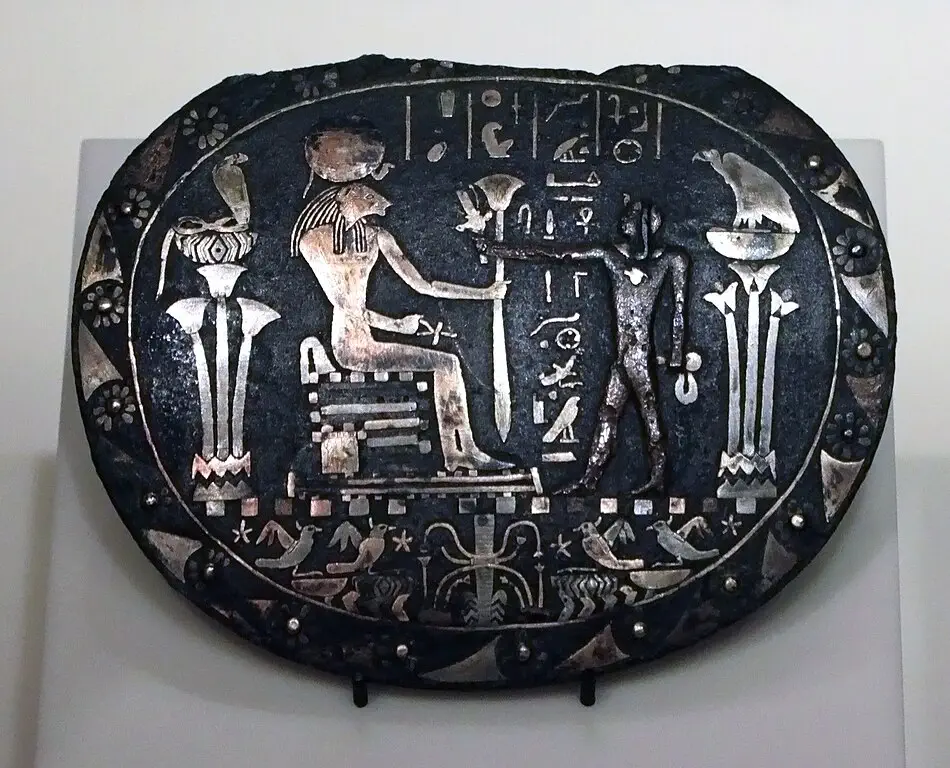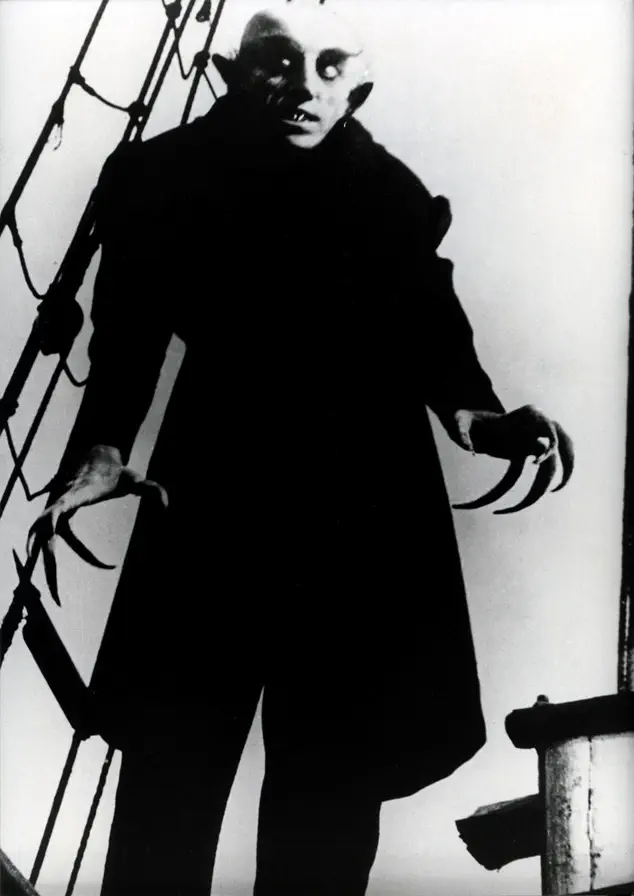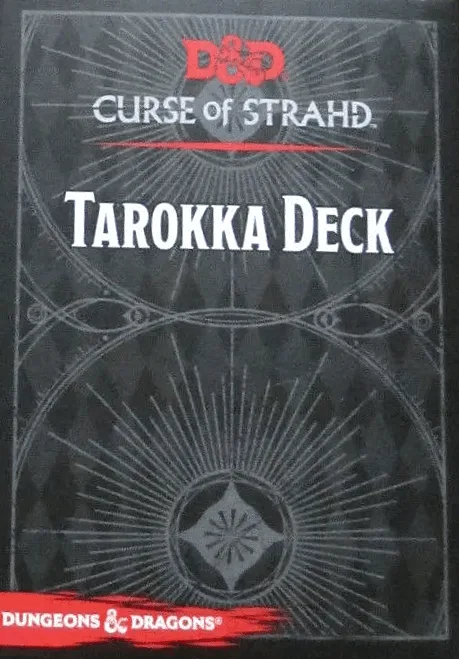This week, we’re celebrating the spine-chilling allure of one of my favorite creepy creatures – vampires! From their haunting origins in ancient mythology to their modern portrayals in literature, film, and gaming, vampires have captivated our imaginations for centuries. With this brief spotlight, we’ll explore the rich tapestry of vampire lore that spans cultures and eras. Join us as we uncover some of the many facets of vampiric mythos, share our favorite tales, and discover what makes these immortal beings so irresistibly compelling!

(Courtesy of Wikimedia Commons. Public Domain.)
Delving into the history of these enigmatic creatures, tales have persisted for centuries, weaving their way into the nightmares and legends of many different cultures. The concept of blood-drinking beings can be traced back to ancient civilizations including Mesopotamia, Greece, and Egypt, where early myths often featured supernatural entities that fed on the life force of the living. However, many of these early creatures are unlike the vampires we think of today. Rather than suave, aristocratic figures, these beings were often depicted as grotesque and malevolent; some barely even appearing humanoid.
During the Middle Ages, fears of the undead spurred a significant rise in vampire folklore, particularly in Eastern Europe. Tales of the “strigoi” in Romania and the “upir” in Slavic regions reflected societal anxieties about death, disease, and the unknown. However, it was in the 19th century that the modern concept of vampires began to take shape. The charming, sophisticated vampire archetype was introduced in John Polidori’s The Vampyre in 1819. This portrayal was further popularized by Bram Stoker in Dracula (1897), where various vampire myths were woven into a single narrative, establishing many conventions of the vampire genre that continue to influence our understanding today.

(Courtesy of Wikimedia Commons. Public Domain.)
In the 20th Century, films like Nosferatu (1922) and various adaptations of Dracula played pivotal roles in cementing the vampire’s place in popular culture. Nosferatu, with its haunting visuals and unsettling portrayal of Count Orlok, set the tone for horror that reverberated through the decades, establishing the vampire as a symbol of fear and the unknown. Meanwhile, adaptations of Bram Stoker’s Dracula captivated audiences and transformed public perception of these creatures from mere monsters to complex figures embodying both charm and menace. Today, the portrayal of vampires varies widely, encompassing everything from terrifying monsters to sympathetic anti-heroes. This evolution is beautifully captured in contemporary works like Anne Rice’s The Vampire Chronicles, Danny McBride’s Underworld, Marvel Comics’ Blade, and Joss Whedon’s Buffy the Vampire Slayer. Together, these diverse representations illustrate how vampires have transcended their original archetypes while maintaining their hold on our collective imagination.

As these narratives have expanded, vampires have also made a captivating transition into the world of board games, further enriching their cultural legacy. Titles like Vampire: The Masquerade and Curse of Strahd (a.k.a. Ravenloft), and Fury of Dracula invite players to immerse themselves in dark, gothic settings where they face off against formidable foes. Vampire: The Masquerade (1991) not only brought the dark, gothic atmosphere of vampiric narratives to the tabletop but also introduced complex moral dilemmas and social dynamics that reflect the intricate lore of vampire societies. Games like Fury of Dracula (1987) and Ravenloft (1983; released as an adventure book in 2016 for 5E as Curse of Strahd) invite players to engage in strategic gameplay while navigating the suspense and thrill associated with hunting or being hunted by these enigmatic creatures. Whether through cooperation for survival, competitive deception, or lighthearted fun, the blend of vampiric lore and board gaming mechanics continues to enthrall enthusiasts and create unforgettable gaming moments – all while immersing players in a world where the lines between hero and villain blur. As a result, the cultural impact of vampire lore continues to enrich the tabletop gaming experience, fostering a vibrant community that celebrates both horror and creativity.
What’s your favorite vampire story or game? Do you prefer the classic terror of Dracula or the more modern anti-heroes like Blade? Are you a fan of the intricate world of Vampire: The Masquerade? What clan do you align with, and why? Share your thoughts and experiences in the comments below! Let’s uncover the legends together and keep the conversation going!
All photos contained within this article were taken and edited by Krista unless otherwise specified.